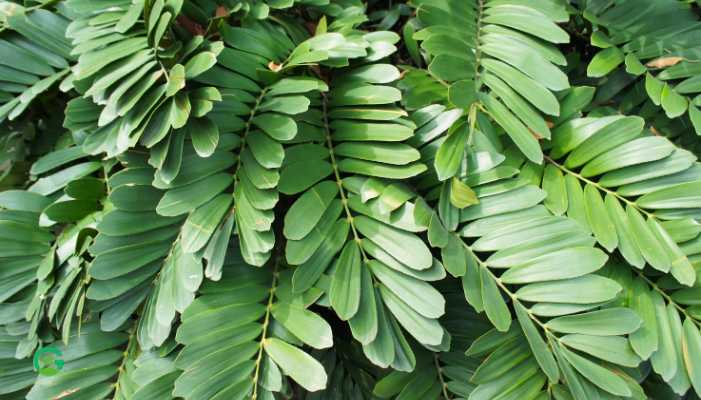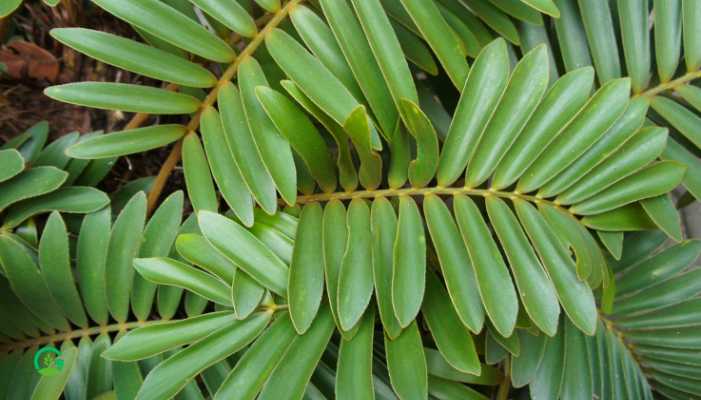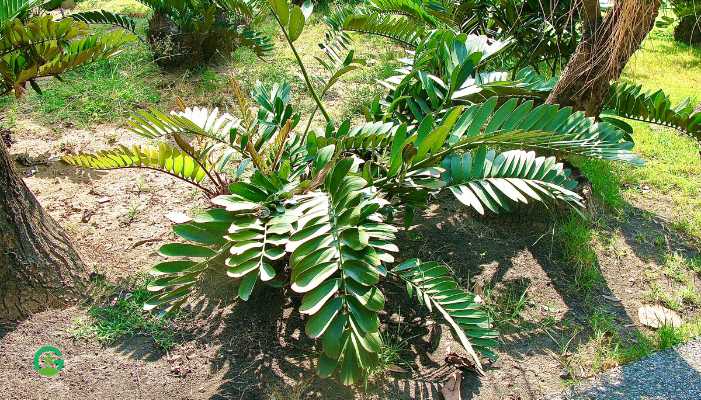Growing and caring for a Zamia plant can be an incredibly rewarding experience. Whether you’re a seasoned gardener or a total novice, Zamia plants, with their lush fern-like leaves, can add a touch of tropical beauty to your home or garden. But how do you ensure that these plants thrive?
In this comprehensive guide, we’ll walk you through everything you need to know about growing and caring for your Zamia plant.
Table of Contents
Introduction to Zamia Plants
Zamia plants, commonly known as cardboard palms, are part of the ancient Cycad family. These plants are prized for their glossy, evergreen foliage and their ability to thrive in a variety of conditions. They are slow-growing, making them perfect for both indoor and outdoor gardens.
Choosing the Right Zamia Plant
When choosing a Zamia plant, look for healthy, vibrant leaves and a sturdy stem. Avoid plants with yellowing leaves or signs of pests. Consider the size of the plant and where you plan to place it, ensuring it has enough space to grow.

Types of Zamia Plants
There are several species within the Zamia genus, each with its unique characteristics. Here are a few popular types:
Zamia furfuracea (Cardboard Palm)
The most commonly cultivated species, Zamia furfuracea, is renowned for its thick, cardboard-like leaves. It is well-suited for indoor environments and can adapt to a range of light conditions.
Zamia integrifolia (Coontie Palm)
Zamia integrifolia, also known as Coontie Palm, is native to Florida and other parts of the southeastern United States. It has feathery, fern-like leaves and is often used in landscaping for its aesthetic appeal and hardiness.
Zamia pumila
Zamia pumila is another common species with compact growth and glossy, dark green leaves. It is often used in tropical and subtropical gardens.
Ideal Growing Conditions
Light
Zamia plants prefer bright, indirect light but can tolerate lower light conditions. If you’re growing your Zamia indoors, place it near a window where it can receive filtered sunlight.
Temperature and Humidity
These plants thrive in warm, humid environments. Aim to keep temperatures between 60°F and 85°F. Humidity should be kept high, which can be achieved by misting the leaves regularly or using a humidity tray.
Planting Your Zamia
When planting your Zamia, choose a pot that is slightly larger than the root ball to allow for growth. Ensure the pot has drainage holes to prevent waterlogging. Plant the Zamia at the same depth it was in its previous pot, and fill in with a well-draining soil mix.

Watering Needs
Zamia plants are drought-tolerant and do not require frequent watering. Water your Zamia thoroughly, then allow the soil to dry out completely before watering again. Overwatering can lead to root rot, so it’s better to underwater than overwater.
Soil Requirements
A well-draining soil mix is crucial for Zamia plants. A mixture of potting soil, sand, and perlite works well. The soil should retain some moisture but not stay soggy.
Fertilization Tips
Fertilize your Zamia plant during the growing season (spring and summer) with a balanced, water-soluble fertilizer. Follow the instructions on the fertilizer package for the correct dosage. Avoid fertilizing in the fall and winter when the plant is dormant.
Image | Product Name | Review | Price |
Light Requirements
As mentioned earlier, Zamia plants prefer bright, indirect light. Direct sunlight can scorch the leaves, while too little light can cause the plant to become leggy. If necessary, supplement natural light with fluorescent or LED grow lights.
Temperature and Humidity
Maintaining the right temperature and humidity levels is vital for the health of your Zamia plant. Avoid placing your plant near drafts or sudden temperature changes, such as near air conditioners or heaters.
Pruning and Maintenance
Pruning is not typically necessary for Zamia plants, but you can remove any yellow or dead leaves to keep the plant looking tidy. Use clean, sharp scissors to avoid damaging the plant.
Pest and Disease Management
Common Pests
Zamia plants are relatively pest-resistant but can occasionally attract mealybugs, scale, and spider mites. If you notice pests, treat the plant with insecticidal soap or neem oil.
Diseases
Root rot is the most common disease affecting Zamia plants, usually caused by overwatering. Ensure proper drainage and avoid letting the plant sit in water. If root rot occurs, trim the affected roots and repot the plant in fresh soil.
Read More
Repotting Your Zamia
Repot your Zamia every 2-3 years or when it outgrows its current pot. Choose a pot that is one size larger and refresh the soil mix. Handle the plant carefully to avoid damaging the roots.
Propagating Zamia Plants
Zamia plants can be propagated from seeds or by division. Propagation by seed can be slow and challenging, while division involves separating offsets from the main plant. Use a sharp, sterile knife to separate the offsets and plant them in their own pots.
Common Problems and Solutions
Allowing Leaves
Yellowing leaves can be a sign of overwatering or nutrient deficiency. Check the soil moisture and adjust your watering schedule. Consider applying a balanced fertilizer.
Leggy Growth
Leggy growth usually indicates insufficient light. Move your plant to a brighter location or supplement with artificial lighting.
Pest Infestation
Treat pest infestations promptly with insecticidal soap or neem oil. Regularly inspect your plant for signs of pests.
Conclusion
Caring for a Zamia plant can be a delightful and fulfilling endeavor. By providing the right conditions and regular maintenance, your Zamia plant will reward you with lush, green foliage and a touch of tropical charm. Remember to monitor its light, water, and soil needs, and address any issues promptly to keep your plant healthy and thriving.
FAQs
How often should I water my Zamia plant?
Water your Zamia plant thoroughly and then allow the soil to dry out completely before watering again. This typically means watering once every two weeks, but it can vary depending on the humidity and temperature of your environment.
Can I grow a Zamia plant indoors?
Yes, Zamia plants can thrive indoors if they receive enough indirect light. Place them near a window that gets filtered sunlight and ensure they are in a warm, humid environment.
What should I do if my Zamia plant’s leaves turn yellow?
Yellow leaves can be a sign of overwatering or nutrient deficiency. Check the soil moisture and adjust your watering schedule. You might also consider fertilizing your plant if it hasn’t been fed recently.
How can I propagate my Zamia plant?
You can propagate Zamia plants by seeds or by dividing offsets from the main plant. Division is usually easier and faster. Use a sharp, sterile knife to separate the offsets and plant them in their own pots.
What are the common pests that affect Zamia plants?
Zamia plants can attract mealybugs, scale, and spider mites. Treat infestations with insecticidal soap or neem oil, and regularly inspect your plant to catch any problems early.
By following these tips and guidelines, you can ensure your Zamia plant remains healthy and beautiful for years to come. Happy gardening!




















